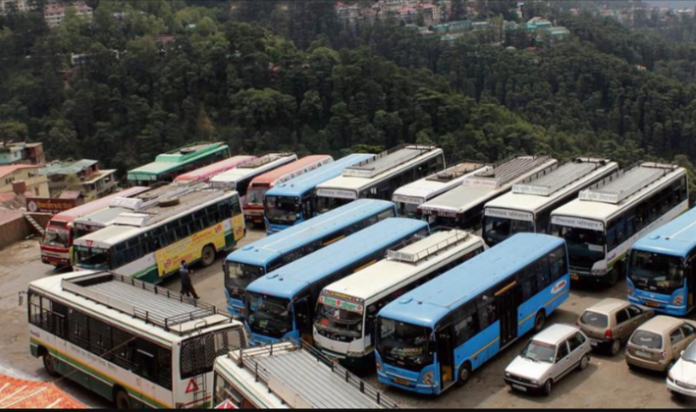Himachal Road Transport Corporation (HRTC) faces financial viability issues with new bus routes to religious destinations like Ayodhya and Khatu Shyam, prompting adjustments to their service frequency.
Financial Viability Challenges
- Unsustainable Revenue: Services to Ayodhya and Khatu Shyam Temple in Rajasthan report low revenue, averaging less than Rs 25 per km.
- High Operational Costs: HRTC buses incur around Rs 65 per km, contributing to financial losses on these routes.
- Competition from Trains: Long-distance travel preferences favor trains due to comfort and time efficiency.
Successful Routes
- Buddhist Circuit: Bus services to Buddhist pilgrimage sites show promising results:
- Delhi-Leh Route: Highly successful, generating approximately Rs 75 per km.
- Manali-Zanskar: Also contributes positively to HRTC’s revenue stream.
- Local Demand: Services like the route to Mata Bhangayani Temple in Haripurdhar, Sirmaur district, are profitable due to both tourist and local commuter patronage.
Strategic Adjustments
- Reduced Frequency: Buses to Ayodhya and Khatu Shyam temples now operate weekly instead of daily to manage costs.
- Tourism Focus: Acknowledging seasonal demand, these routes are now positioned primarily for tourism purposes.
Future Plans
- Expansion Strategy: HRTC plans to expand services with 100 buses to various religious and medical destinations.
- Medical Tourism: Dedicated services to premier medical institutions like AIIMS, New Delhi, and PGI, Chandigarh, are also in the pipeline.
HRTC’s strategic adjustments reflect its commitment to balancing service offerings between religious tourism and local commuter needs, aiming for sustainable operations amid evolving travel preferences. This approach ensures that HRTC continues to serve diverse passenger needs effectively while optimizing its operational efficiency.
Source : tribuneindia





